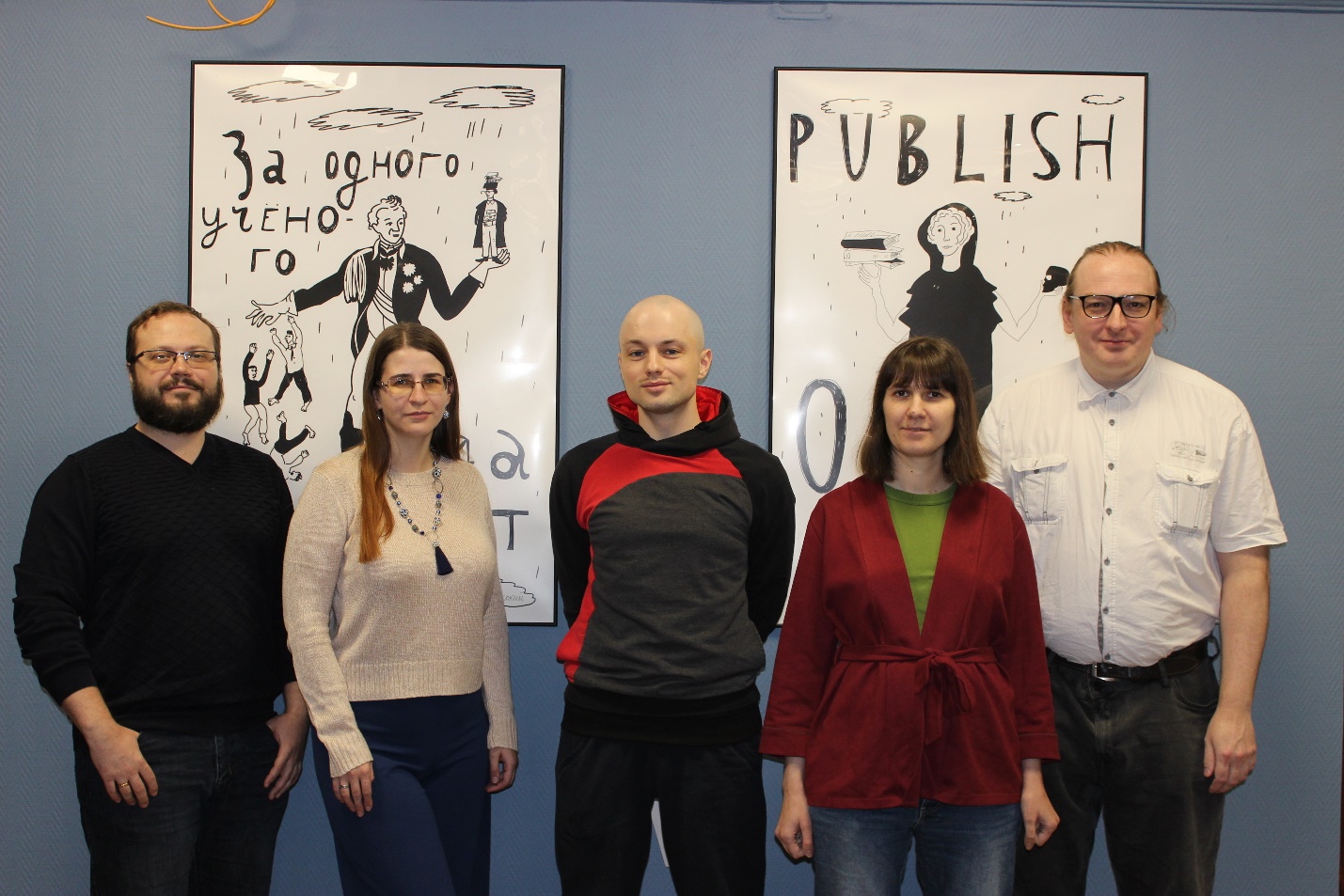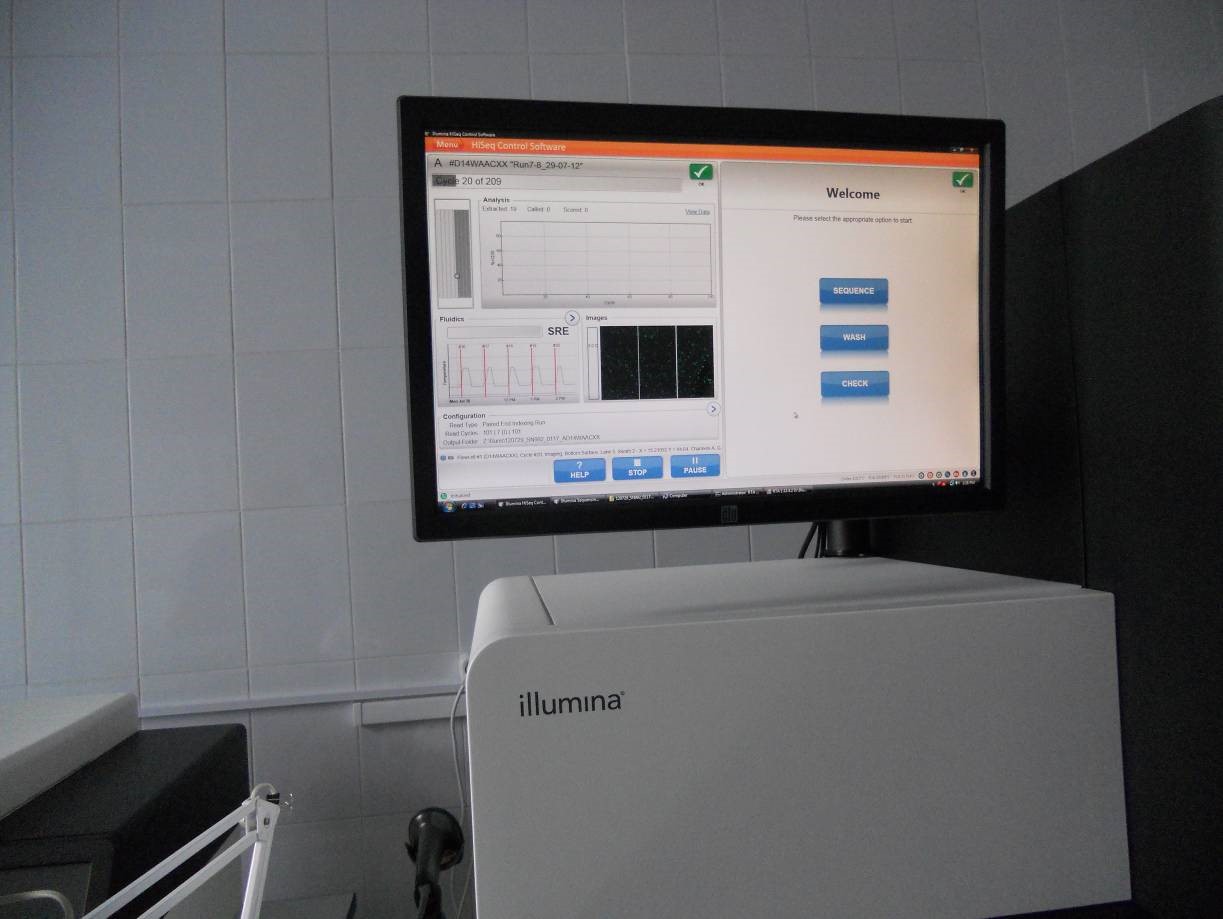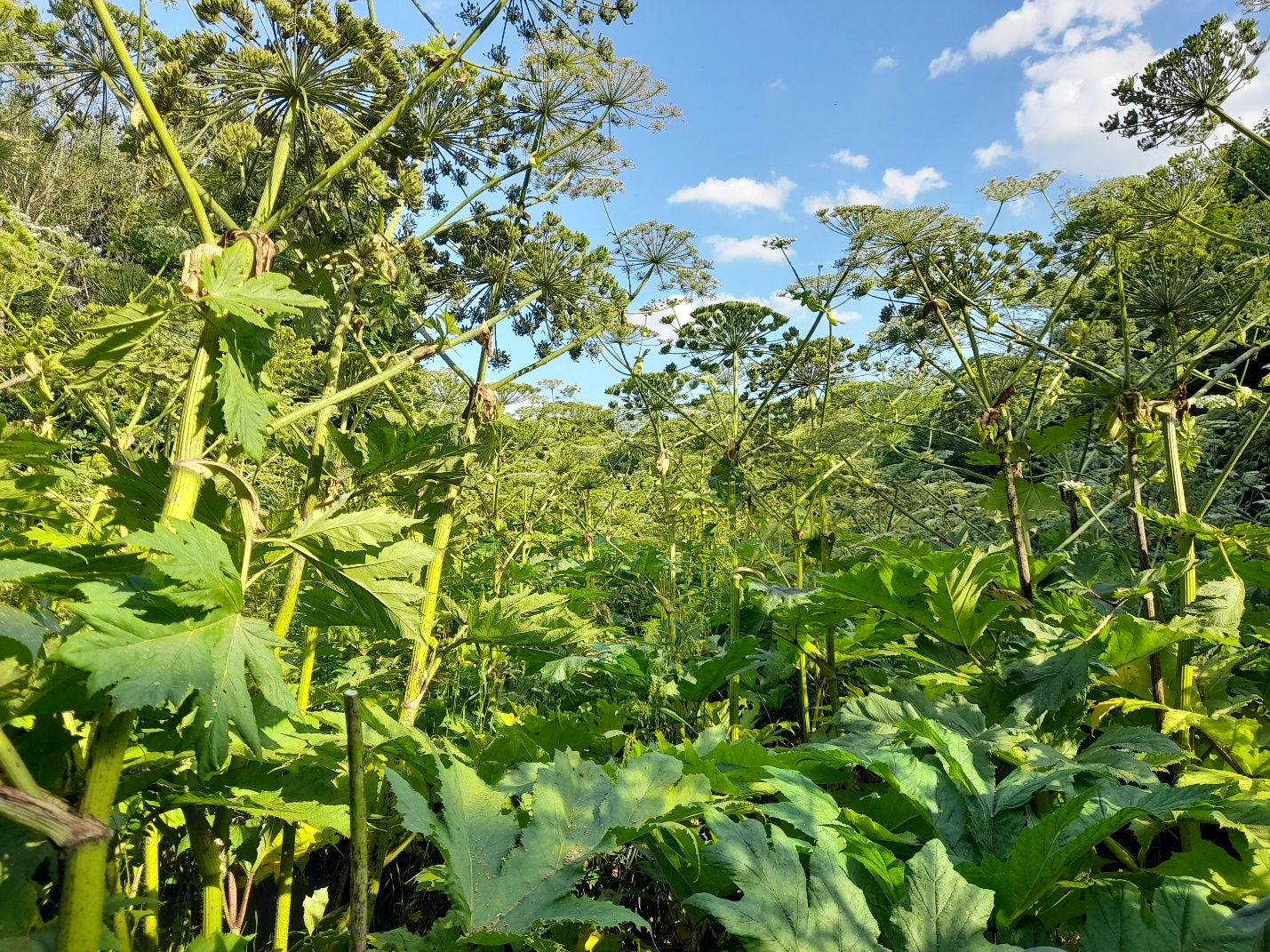For the first time ever, scientists have studied the genome of Sosnowsky’s hogweed, a poisonous invasive plant whose juice causes skin burns. Its genome has turned out to have nearly twice as many genes as most other plants. The research findings open the door to practical applications in medicine and pharmacology thanks to hogweed’s unique bioactive molecules, which can be used to create new drugs. The study supported by a grant from the Russian Science Foundation came out in Plant Journal.
Sosnowsky’s hogweed (Heracleum sosnowskyi) is an invasive plant that has spread far beyond its natural habitat in the North Caucasus, posing a major threat to ecosystems and human health. After World War II, the plant was regarded as a promising fodder crop and was widely cultivated in the north-west of European Russia. It is from there that it started to spread, quickly invading larger areas and reducing biodiversity by forcing out other plant species. Moreover, its juice contains natural toxins that make the human body, mostly the skin and mucous membranes, highly sensitive to ultraviolet radiation and can cause skin burns and irritation through physical contact.
Researchers from Skoltech and their colleagues from A. A. Kharkevich Institute for Information Transmission Problems of RAS investigated the complete genome of Sosnowsky’s hogweed and assembled it up to the chromosome level. Using the DNA sequencer, the team obtained data on the plant’s genome and marked individual genes, which, unexpectedly, turned out to be too many: 55,000 as opposed to 25,000-35,000 in most other plants. Having proposed and verified several possible hypotheses, the researchers discovered that numerous gene duplications (copies) are responsible for this phenomenon.
“This is rather unusual, since plants typically have duplications all over their genome and not just in its individual parts. Many gene families with a sharp increase in the number of genes in Sosnowsky’s hogweed appear as a result of the synthesis of secondary metabolites, including linear furanocoumarins (psoralen and its derivatives), which make hogweed highly dangerous,” Maria Logacheva, an assistant professor from the Bio Center and a project team member, explains.
The researchers thoroughly analyzed the genes that may be involved in the synthesis of toxins that cause skin burns in daylight and experimentally determined the function of one of the genes that converts marmesin into psoralen.
The research findings will be useful for medicine and pharmacology. Understanding the specific features of Sosnowsky’s hogweed’s genome will help identify and study its unique bioactive molecules that can be used to create new drugs and treatment approaches to skin problems. They can also help develop biological control and monitoring methods for this noxious plant.
“We plan to continue our research into the hogweed genome and study the genetic diversity of this species in its original habitat and ‘invaded’ areas. We are collecting and analyzing samples from all over Russia — from Kaliningrad to the Far East — in order to figure out the hogweed’s spread patterns and strategies, as well as to learn more about the relationships between Sosnowsky’s hogweed and related species, such as Mantegazzi’s hogweed, which is spreading like wildfire in Western Europe,” Logacheva concludes.

Paper authors: Denis Omelchenko, Anna Klepikova, Mikhail Shchelkunov, Maria Logacheva, Alexey Penin. Credit: Sofya Prokopchuk

Illumina Hiseq sequencer used by the team to assemble the hogweed genome and analyze gene activity. Credit: Maria Logacheva
Contact information:
Skoltech Communications
+7 (495) 280 14 81

